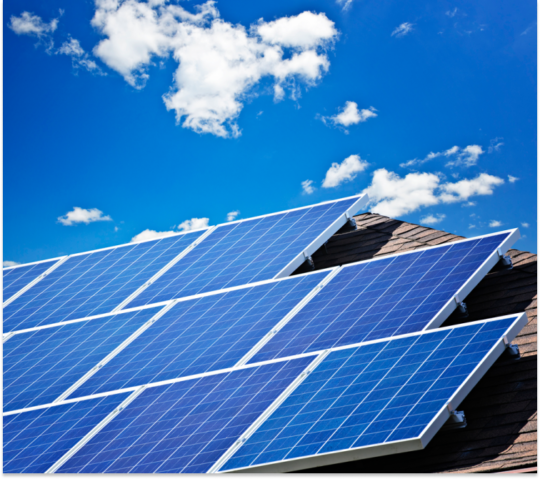With sunlight abundant and renewable, solar power has the potential to replace fossil fuels as our energy source. But it must be cheaper and more efficient than current technology to become mainstream.
Fortunately, inventors are making major advances to increase solar efficiency and reduce costs. These innovations promise a future of solar energy that is more affordable than ever before.
1. Thin-Film Solar Cells
Originally developed in the 1970s, thin-film solar cells are more flexible and less expensive than conventional silicon crystal solar panels. Thin-film solar cell technologies like cadmium telluride and CIGS have improved over the years, reaching efficiency levels of over 21 percent—outperforming the traditional crystalline silicon that is used in most solar power systems.
These technologies are lightweight and can be folded or rolled up to make them more portable. They are also more resistant to moisture than silicon based solar panels, making them a great option for sunny climates.
Their flexibility and low cost makes thin-film solar technology ideal for mobile applications such as foldable solar phones, solar laptop chargers, and devices that rely on battery backup. They are also a good choice for large-scale photovoltaic installations like rooftops, streets, or open areas. This is why many governments are using them to power buses, airports, and public WiFi routers. They can even be installed on water tanks to provide energy for pumping.
2. Solar Fabric
Researchers are experimenting with solar fabrics that could revolutionize the way we extract energy from the sun. The fabric can be bent or glued to any surface and can produce more power than traditional silicon solar panels. It’s also ten times lighter than framed panels and contains no toxic materials.
Engineers have created a lightweight solar cell that they’ve bonded to a strong, durable fabric. The fabric can be woven into clothes, tents, and other products. This technology could eliminate the need for bulky solar panels on roofs and allow people to take their renewable energy with them on the go.
The solar cells are only one-hundredth of the weight of conventional solar panels and generate 18 times more power per kilogram. They’re made from semiconducting inks and a printing process that can be scaled for future mass production. The team says the solar fabric can be integrated into sails of boats to provide power while at sea, adhered onto tarps and tents used in disaster recovery operations, or even applied to the wings of drones to extend their flying range.
3. Solar Paint
Research scientists have developed solar paint that turns any surface into a power-generating interface. This revolutionary development can be applied to roofs, walls and windows in homes, commercial buildings and even automobiles.
These solar paints work similarly to electronic ink, utilizing semiconductor nanoparticles dissolved in solution to produce electricity. Scientists are working toward solar paint that can be used to replace traditional silicon-based solar panels, achieving higher efficiency rates and lowering production costs.
Besides generating energy, solar paints can help reduce cooling bills by reflecting the sun’s heat. They can also be used on vehicles to generate additional battery power for electric cars or run equipment such as fans and air conditioning. This technology could also allow long haul truckers to power their trailers with solar, helping reduce fuel consumption and carbon emissions.
4. Floating Solar Plants
A new type of solar power system that floats atop bodies of water is gaining momentum worldwide. These floating PV systems, or floatovoltaics, are a great way to generate clean energy while saving land and conserving water.
Floating solar panels can be used on drinking-water reservoirs, quarry lakes, irrigation canals, and remediation and tailing ponds. They can also help prevent harmful algae blooms that may otherwise affect water health and negatively impact wildlife.
Putting solar panels on bodies of water allows them to be much more efficient than solar farms that are set up on land, as they are protected from dust and dirt. Moreover, it reduces deleterious evaporation and conserves water. And if just 30% of the world’s reservoirs were covered with floatovoltaics, they would generate enough electricity to power over 62,000 cities each year (Rosa-Clot and Tina, 2018). The Operational Land Imager-2 on NASA’s Landsat 9 satellite captured this natural-color image of a large floatovoltaic project on a reservoir near Dezhou in China’s Shandong province in 2022.

